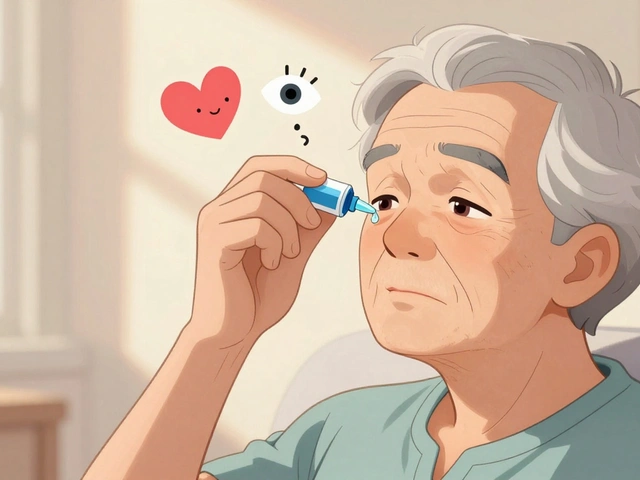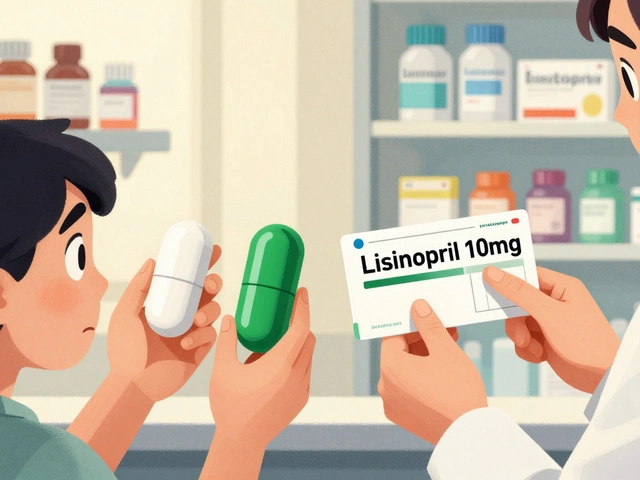Hydroquinone + Mometasone + Tretinoin: what this combo does and how to use it safely
If you’ve seen creams labeled with hydroquinone, mometasone and tretinoin, you’ve found a powerful mix aimed at treating stubborn dark spots and melasma. Hydroquinone reduces pigment, tretinoin speeds skin turnover so treated pigment fades faster, and mometasone calms inflammation and irritation. That combo can work quickly — but it also carries real risks if used wrong.
First rule: don’t self-prescribe strong topical steroids or skin-lightening combos. Mometasone is a corticosteroid. Used long-term or in high amounts it can thin skin, cause stretch marks, trigger rebound pigmentation, and worsen infections. Hydroquinone can cause ochronosis (darkening from overuse) if it’s misused. Tretinoin can make skin more sensitive to sunlight and cause irritation. So, you want results, but you also want to avoid harm.
How to use it the safer way
Only use this combo under a doctor’s guidance. If prescribed, follow these simple steps: patch test first on a small area for 48 hours; cleanse and dry skin; apply a pea-sized amount to the target area once daily (usually at night); avoid the eyelids, mouth, and broken skin; use sunscreen every morning and reapply during the day. If irritation or worsening symptoms appear, stop and contact your prescriber.
Limit use to the shortest period your doctor recommends. Many dermatologists suggest cycles — weeks to a few months — rather than continuous use. Track changes with photos so you and your doctor can judge progress without guessing.
Side effects, red flags, and alternatives
Watch for redness, burning, thinning, acne-like bumps, or sudden worsening of pigmentation. If you notice skin getting thinner, new stretch marks, or widened blood vessels, stop and see a dermatologist. Pregnant or breastfeeding people should avoid these agents unless a clinician says it’s safe — many providers prefer safer alternatives in those cases.
Prefer gentler options? Ask about azelaic acid, kojic acid, lower-strength hydroquinone, vitamin C, chemical peels, or laser treatments. These can be effective with fewer steroid risks. If irritation from tretinoin is the issue, a lower concentration or every-other-night use often helps.
Last practical tip: buy medications only from licensed pharmacies and use products labeled for medical use. Avoid unverified online sources selling mixed creams without prescription — counterfeit or illegally compounded products are common and risky. When in doubt, talk to a dermatologist. They’ll help you get safer results without trading short-term gains for long-term damage.





